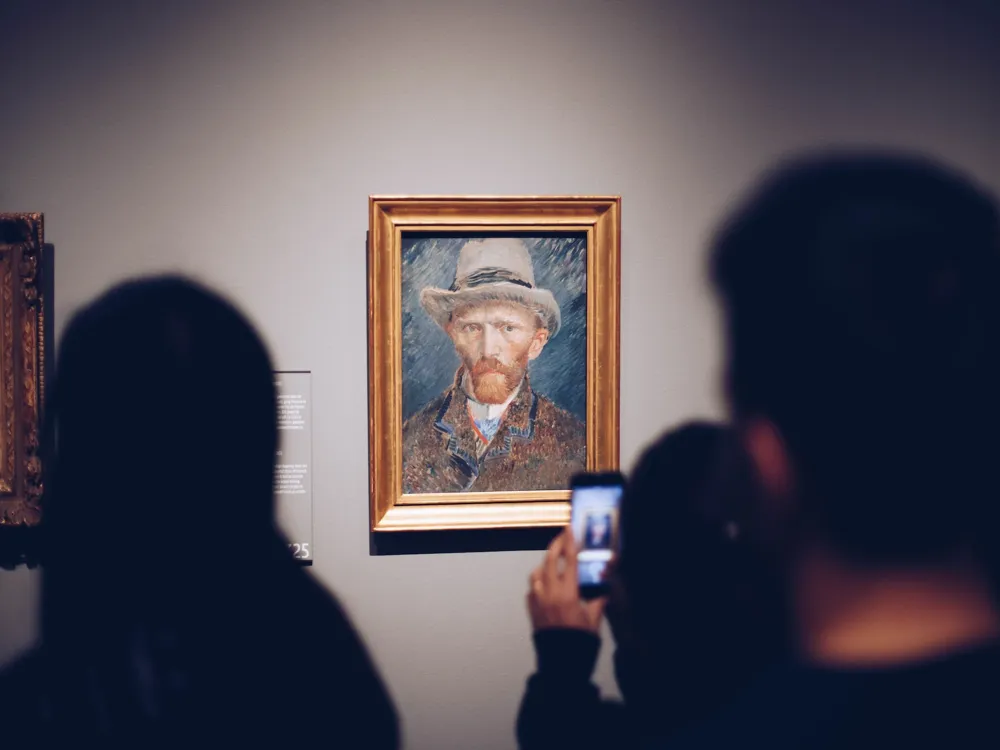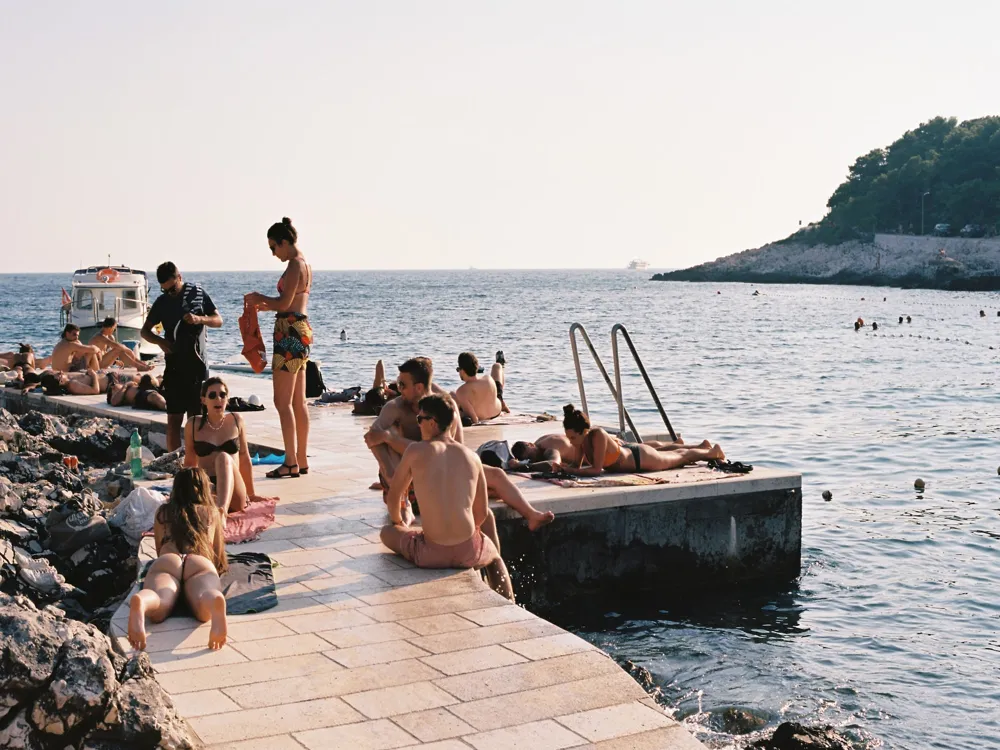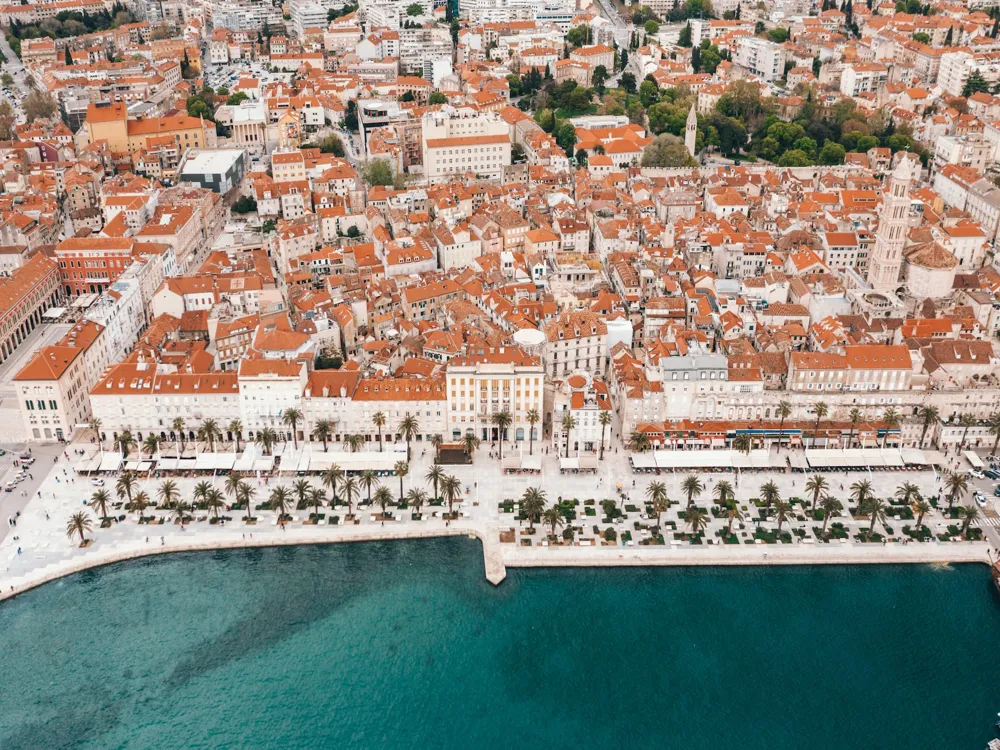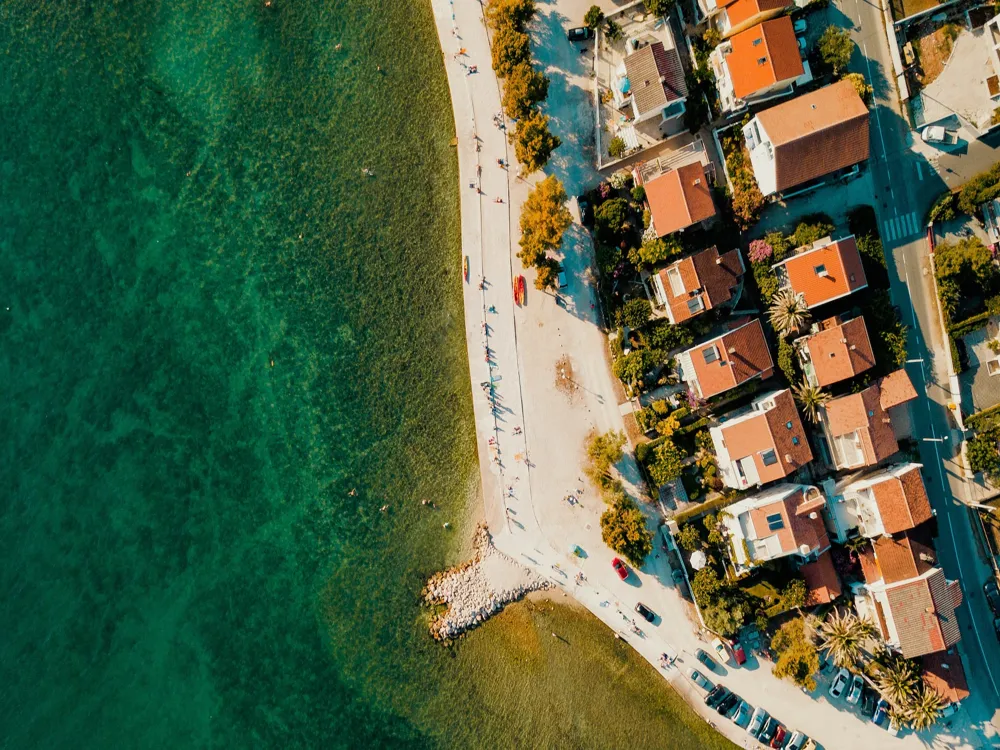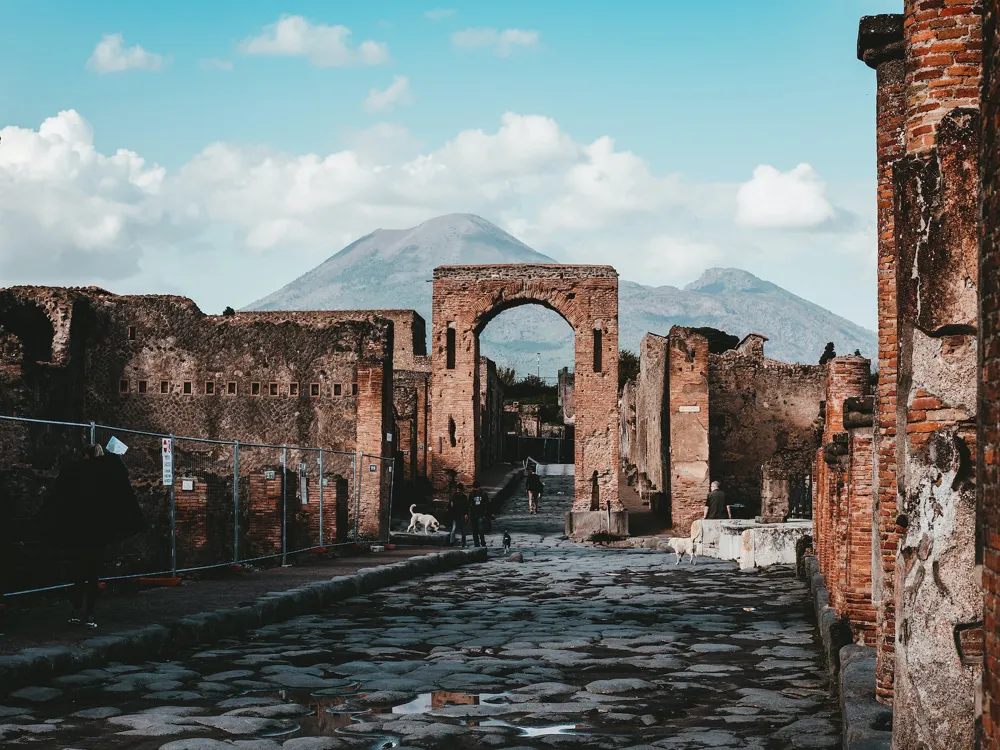The Franciscan Monastery Church of Makarska, a gem in the crown of Croatian cultural and historical heritage, stands as a testament to the rich spiritual and architectural traditions of the region. Nestled in the heart of Makarska, a picturesque town on the Dalmatian coast, the monastery dates back to the 16th century. It is not just a place of worship but also a beacon of history, art, and education. The church, with its serene ambiance, has been a spiritual sanctuary for locals and a captivating attraction for tourists from around the world. The Franciscan Monastery, known for its harmonious blend of religious and architectural significance, has played a pivotal role in preserving the cultural and historical narratives of Makarska. Its walls echo the tales of past centuries, offering an immersive experience into the spiritual and everyday life of the Franciscan friars. The church, an integral part of the monastery, stands as a symbol of faith and resilience, having withstood the test of time and historical turmoils. The architectural design of the Franciscan Monastery Church of Makarska is a remarkable example of the fusion between the traditional Dalmatian style and the influences of various historical periods. The church's façade, characterized by its simplicity and elegance, reflects the Franciscan ideals of humility and modesty. The interior, however, unveils a rich tapestry of art, including frescoes, sculptures, and an impressive collection of religious artifacts, each telling its own story of faith and artistry. One of the most striking features of the church is its stunning altar, a masterpiece of religious art and craftsmanship. The intricate carvings and the use of local materials speak volumes about the skills of the craftsmen of the time. The church also houses an impressive library, home to ancient manuscripts and books, showcasing the monastery's role in the promotion of education and culture in the region. The Franciscan Monastery Church is not just an architectural marvel but also a custodian of art and culture. It houses an exquisite collection of paintings, sculptures, and liturgical objects, each piece echoing the rich cultural heritage of Makarska. The art pieces, ranging from medieval to modern times, offer a visual journey through the history and artistic evolution of the region. The church's art collection serves as a critical resource for historians and art enthusiasts, providing insights into the religious and cultural dynamics of the past centuries. The preservation of these art forms in the Franciscan Monastery Church of Makarska demonstrates the enduring legacy of the Franciscan order in nurturing and protecting the cultural heritage of Croatia. The Franciscan Monastery Church of Makarska extends beyond its architectural and artistic significance, playing a vital role in the spiritual and community life of the region. For centuries, it has been a center for religious education, spiritual retreats, and community gatherings. The church continues to be a place where locals and visitors alike find solace, inspiration, and a sense of belonging. The church's ongoing religious ceremonies, cultural events, and educational programs reflect its commitment to fostering a vibrant community spirit. It remains a beacon of hope and unity, bridging the past with the present, and continuing to inspire future generations with its enduring legacy of faith, culture, and community service. The Franciscan Monastery Church in Makarska is a masterpiece of architectural design, representing a harmonious blend of historical styles and cultural influences. Its architecture is a testament to the artistic and technical skills of its builders, and a reflection of the religious and cultural ethos of the Franciscan order. The church's structure is not just a physical space for worship but also a symbolic representation of the spiritual journey of its devotees. The church's architecture is characterized by a blend of Gothic, Renaissance, and Baroque elements, reflecting the historical transitions and cultural exchanges that have shaped the region. The Gothic influence is evident in the church's pointed arches and ribbed vaults, symbolizing the reach towards the heavens. The Renaissance influence brings a sense of proportion, symmetry, and balance, evident in the church's layout and façade design. The Baroque influence adds a touch of drama and grandeur, particularly in the interior decorations and altarpieces. The exterior of the Franciscan Monastery Church is a study in understated elegance and strength. The façade, with its clean lines and minimalistic ornamentation, reflects the Franciscan values of simplicity and humility. The church's robust structure, built to withstand the challenges of time and nature, speaks of the resilience and steadfastness of the Franciscan faith. The bell tower, an iconic feature of the church, stands tall and proud, serving as a guiding beacon for the faithful. Its design, incorporating local stone and traditional craftsmanship, blends seamlessly with the natural landscape of Makarska, symbolizing the church's deep connection with the community and the environment. The interior of the Franciscan Monastery Church is a realm of spiritual and artistic wonder. The church's nave, with its soaring ceilings and luminous windows, creates a space of divine serenity and introspection. The use of light and shadow, along with the harmonious proportions of the space, evokes a sense of transcendence and connection with the divine. The church's altars, sculptures, and frescoes are not mere decorative elements but symbolic representations of religious narratives and doctrines. The intricate carvings and vivid paintings tell stories from the Bible and the lives of saints, serving as visual sermons for the congregation. The harmonious integration of art and architecture in the church's interior reflects the Franciscan commitment to creating a holistic spiritual experience. The Franciscan Monastery Church of Makarska has undergone various preservation and restoration efforts over the centuries, ensuring that its architectural and artistic heritage is protected for future generations. These efforts have been guided by a deep respect for the church's historical and cultural significance, and a commitment to maintaining its spiritual and communal functions. Restoration projects have focused on both the structural integrity of the building and the conservation of its artistic treasures. The use of traditional materials and techniques, along with modern conservation practices, has ensured that the church's architecture and art remain as testaments to the enduring legacy of the Franciscan order and the cultural heritage of Makarska. Visitors to the Franciscan Monastery Church should dress modestly and respectfully, as it is a place of worship. It is recommended to avoid wearing revealing or flashy clothing. Behavior within the church should be quiet and respectful, to maintain the sanctity of the space. Read MoreOverview of Franciscan Monastery Church of Makarska
Architectural Significance
Significance in Art and Culture
Role in Community and Spirituality
Architecture of Franciscan Monastery Church
Exterior Design and Structure
Interior Artistry and Symbolism
Preservation and Restoration Efforts
Tips When Visiting Franciscan Monastery Church
Dress Code and Conduct
Makarska Tourism
Best Time to Visit Makarska
How to Reach Makarska
Things To Do Makarska
Franciscan Monastery Church
Makarska
NaN onwards
View makarska Packages
Weather :
Tags : Church & Cathedral
Timings : 9 -11 am
Time Required : 1 hour
Planning a Trip? Ask Your Question
Makarska Travel Packages
View All Packages For Makarska
Top Hotel Collections for Makarska

Private Pool

Luxury Hotels

5-Star Hotels

Pet Friendly
Top Hotels Near Makarska
Other Top Ranking Places In Makarska
View All Places To Visit In makarska
View makarska Packages
Weather :
Tags : Church & Cathedral
Timings : 9 -11 am
Time Required : 1 hour
Planning a Trip? Ask Your Question
Makarska Travel Packages
View All Packages For Makarska
Top Hotel Collections for Makarska

Private Pool

Luxury Hotels

5-Star Hotels

Pet Friendly









